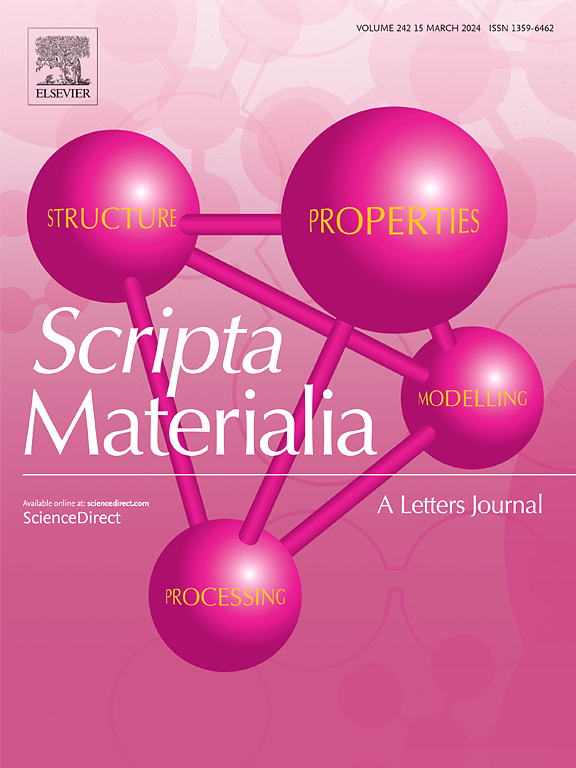Control of surface inverse segregation in Al–4.5Mg strips produced by industrial twin-roll casting process
IF 5.3
2区 材料科学
Q2 MATERIALS SCIENCE, MULTIDISCIPLINARY
引用次数: 0
Abstract
This study investigates the control of surface inverse segregation in Al−4.5Mg alloy strips produced using the industrial twin-roll casting (TRC) process. The effects of the casting speed, melt temperature, interfacial heat transfer coefficient, and melt pool height on the solidification behavior were evaluated using simulations. The findings revealed that minimizing the shrinkage deformation of the solidifying shell near the kiss point (KP) is critical for controlling inverse segregation. The total thickness of the solidifying shell was reduced by shifting the KP toward the roll nip direction, enhancing the strip quality. By applying the strategy of KP adjustments to TRC conditions, we successfully reduced the strip thickness and produced high-quality strips without an inverse segregation layer on the strip surface.

求助全文
约1分钟内获得全文
求助全文
来源期刊

Scripta Materialia
工程技术-材料科学:综合
CiteScore
11.40
自引率
5.00%
发文量
581
审稿时长
34 days
期刊介绍:
Scripta Materialia is a LETTERS journal of Acta Materialia, providing a forum for the rapid publication of short communications on the relationship between the structure and the properties of inorganic materials. The emphasis is on originality rather than incremental research. Short reports on the development of materials with novel or substantially improved properties are also welcomed. Emphasis is on either the functional or mechanical behavior of metals, ceramics and semiconductors at all length scales.
 求助内容:
求助内容: 应助结果提醒方式:
应助结果提醒方式:


